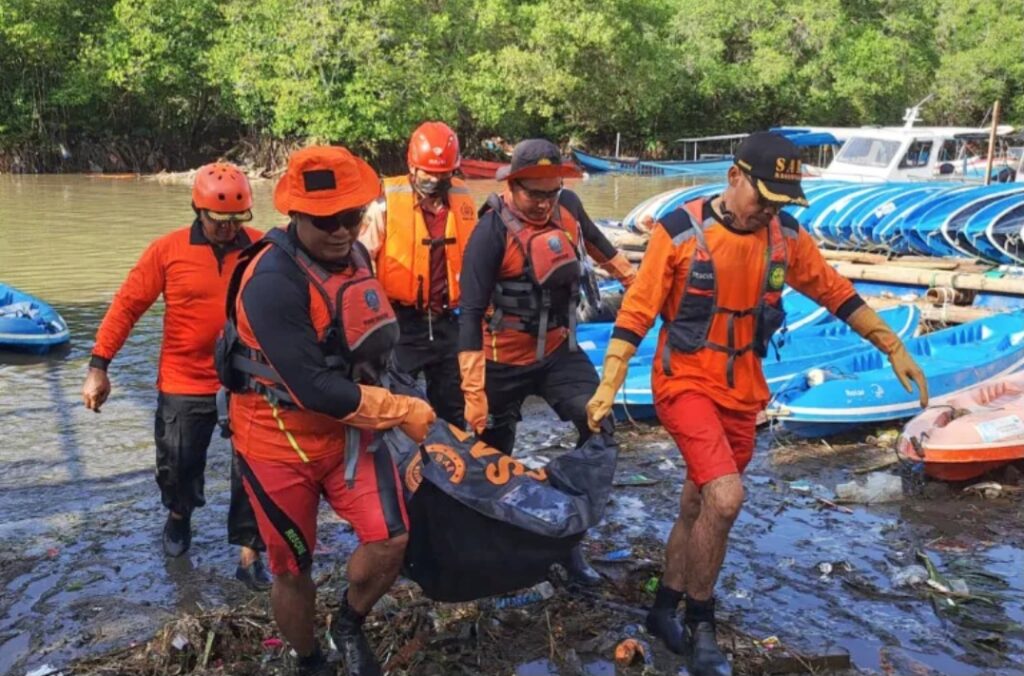
Crystal Charles
Rescue teams continue to search rivers and the rubble of devastated villages for survivors after deadly flash floods struck two Indonesian provinces earlier this week, killing at least 23 people and leaving five others missing, as waters began to recede.
Torrential rains over four days caused severe flooding and landslides across nine cities and districts on the tourist island of Bali and in East Nusa Tenggara province. Rising rivers submerged over 120 neighbourhoods and triggered multiple landslides, according to Abdul Muhari, spokesperson for the National Disaster Mitigation Agency (BNPB).
On Thursday, rescuers in Bali recovered seven more bodies as floodwaters subsided, bringing the island’s death toll to 16. One resident remains missing. By Friday, officials confirmed that the national death toll had risen to at least 23. Authorities declared a weeklong state of emergency to mobilize additional resources.
As river levels returned to near-normal on Thursday, residents in Denpasar, Bali’s capital, began leaving crowded emergency shelters. Authorities used the opportunity to clear mud and debris from streets and restored electricity to tens of thousands of homes and businesses.
Indonesia frequently experiences flooding and landslides during the rainy season, which typically peaks from November to March. However, experts described the recent rainfall in September as unusually heavy.
Suharyanto, head of the BNPB, said at a Wednesday news conference that the immediate threat of flooding in Bali had passed. Since then, up to 600 rescue workers, police, and soldiers have been deployed to search for those still missing, as infrastructure including roads and bridges suffered damage. By late Thursday, about 552 people remained in government shelters across several districts.
Al Jazeera’s reports from Badung Regency on Thursday, said: “The Indonesian Disaster Mitigation Agency blamed heavy rainfall, Bali’s landscape, and tidal activity for the floods. Local residents, however, attribute it to rapid urban growth, overtourism, poor urban planning, and waste mismanagement.”
Barapotri added that the replacement of rivers and rice fields with concrete had reduced the island’s natural water retention, increasing its vulnerability to flooding.
In East Nusa Tenggara province, rescue teams continued operations in the remote village of Mauponggo, Hagekeo district, where floods deposited tonnes of mud, rocks, and trees. On Thursday, rescuers recovered the body of a 14-month-old child, one of two toddlers previously reported missing. Four other bodies had been recovered on Wednesday.
Agustinus Pone, head of the local disaster agency, said the severe weather and rugged terrain had hindered rescue efforts, further complicated by disrupted electricity, clean water, and telecommunications in 18 villages. Flooding and landslides also destroyed two bridges, two government offices, rice fields, and plantations, and killed livestock.
